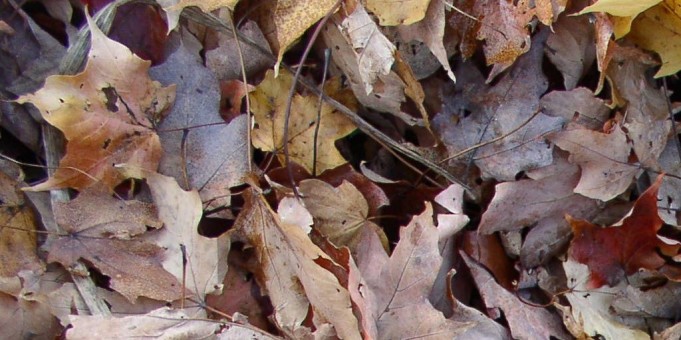We are all thinking of cleaning up the garden this time of year, with a focus on removing dead plants and preventing weeds from invading in the spring. Another thing to consider is how our yearly winterizing activities might affect animals, hibernating pollinators and water quality.
Nesting and Over-Wintering Bees
- Leave your native plants standing in the winter and early spring – several bee species next in the hollow stems over winter. When you cut, leave 12-15 inches of stalks for pollinators.
- To encourage nesting bumblebees, who burrow underground, leave some areas unmulched.
Butterfly Hibernation
- To help declining butterfly populations, leave leaf litter that some some adult butterflies use to hibernate, or for caterpillars to form a chrysalis with spent plant material.
Winter Bird and Amphibian Food and Habitat
- Highly textured landscapes give birds cues to land in your yard to forage for spent seedheads, and provides critical food for nesting birds and their young in the spring.
- Toads are beneficial animals that consume slugs and snails in the garden. You can offer a safe winter retreat by stacking up rocks and leaving a toad-sized space beneath them.
Leave the Leaves – In the Right Place
Instead of traditional bagging and sending your leaves off to the landfill, where they can contribute to methane gas, a 20X more powerful greenhouse gas than C02, consider a leaf pile in an unused corner of your yard. Not only will this benefit overwintering insects, but you can also use leaves as a free mulch on garden beds, where they will slowly breakdown (when adding to a compost pile, shredding will assist with breakdown).
For water quality purposes, make sure you don’t ever leave leaves on the street – this contributes to high phosphorous pollution in the local watershed, whereas these leaves break down naturally in your flower beds, compost or leaf pile.
http://cceclinton.org/resources/fall-cleanup-for-habitat-protection-ecological-considerations


Recently on Twitter